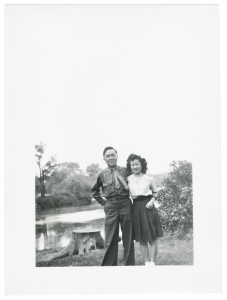White Plains Immigration Attorney – Susan B. Henner
If you are reading this article congratulations on being able to enter the United States as a lawful permanent resident. In this helpful guide, we will be covering how to pay immigration fees. The USCIS immigration fee is $165 and must be paid before you enter the country. It is encouraged that you wait to pay this fee until you have your immigrant visa packet, and it is important that you also pay this fee before you attempt to enter the country. By choosing to follow the steps above you will be entitled to receive your Permanent Resident (green card) without any delay.
Before we cover how to pay immigration fees, it is important that you understand what the fee is paying for. The $165 you will be required to pay the cost to process your immigrant visa packet and also covers the cost to produce your green card.
How To Pay Immigration Fees: The Steps
To begin you will need to attend your appointment made for you at the U.S. Embassy or Consulate noted on your appointment card. After you attend that appointment, you will be given a handout with these steps of how to pay immigration fees. It is important that you hold on to this paperwork since it has your Alien Registration Number as well as your DOS Case ID.
The Next Step of how to pay immigration fees will be to go to http://www.uscis.gov/file-online so that you can review the resources available. You will then select the log in option and after that the USCIS Immigrant Fee after this you will move to the payment area. At this point, you will have to enter your Alien Registration Number and DOS Case ID. This information will be on the handout that you received at the U.S. Embassy or Consulate you visited. You also now have the option of paying this fee for other people so long as you have their Alien Registration Number and DOS Case ID. Anyone can make this payment for you if you are not able so long as they have the information listed above. You or the payer are able to use a valid credit card (MasterCard, Visa, Discover, or American Express.
Additional Assistance For How To Pay Immigration Fees
If you are attempting to pay your Immigration Fees and having issues, it is important that you contact a White Plains Immigration Attorney for assistance. At the Law Office of Susan B. Henner, we help clients every day with every step of the immigration process. If you would like to contact us, we are available you to assist you at 914-358-5200.




